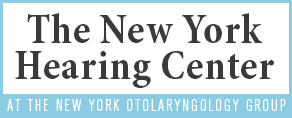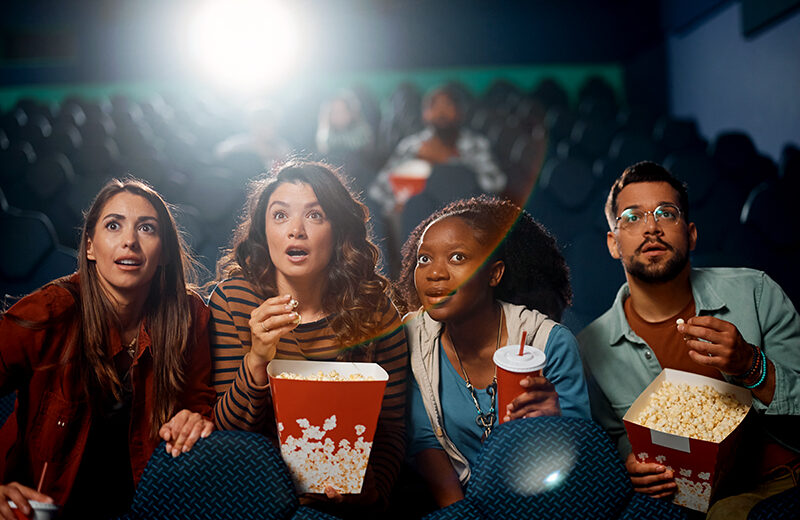The potential impact on hearing is wider than lawnmowers and leaf blowers. Understanding commonplace sounds that exceed expected loudness levels and learning methods to mitigate the risk of hearing loss is crucial. In light of statistical data, it is imperative to acknowledge that nearly 20% of adults in the United States aged between 20 and 69 have permanent hearing impairment due to prolonged exposure to excessive noise, as reported by the Centers for Disease Control and Prevention. Knowing the common occurrences that can cause hearing loss can help you take preventive measures to guard against noise-induced hearing loss.
Noise-induced hearing loss (NIHL) results from damage to the delicate inner ear caused by exposure to loud noises. Sounds surpassing 85 decibels can contribute to NIHL, and it is essential to recognize that certain seemingly benign sounds may pose a risk.
What Can Cause Hearing Loss?
A night at the cinema
Viewing the latest action film may result in auditory discomfort, as noise levels within a movie theater typically range from 74 to 104 decibels.
Live concerts or stadium events
Concerts typically generate substantial noise levels, ranging between 94 and 110 decibels.
Fireworks presentation
Fireworks are not only visually striking, but they also emit sound levels ranging from 140 to 160 decibels.
Maxed headphones
Many individuals may be exposed to unsafe sound levels from headphones or personal audio devices, as they can deliver sounds at 94 to 110 decibels at full volume.
Sirens and alarms
When sirens are audible, most people shield their ears due to the sound intensity they emit, which typically ranges between 110 and 129 decibels.
What are the Symptoms of Noise-Induced Hearing Loss?
Noise-induced hearing loss (NIHL) can manifest unilaterally or bilaterally and initially present subtle effects. Individuals may experience challenges in auditory perception in noisy environments, necessitating an increased volume level for television. Additionally, sounds may be perceived as muffled or distorted.
We typically perceive noise-induced hearing loss (NIHL) as a sensation of aural fullness accompanied by tinnitus or ringing. While specific symptoms may diminish within a day or two, permanent damage may endure.
Risk Mitigation for Hearing Loss
Noise-induced hearing loss (NIHL) is the only form of hearing impairment susceptible to preventive measures. Critical determinants of NIHL include the duration of exposure to loud sound and the proximity to its source. Efforts should be made to avoid environments with elevated noise levels where feasible. In instances where avoidance is impractical, using earplugs or other auditory protective devices is recommended.
Moreover, viable options are available even in cases where damage has already manifested. Preemptive treatment for NIHL is attainable before the onset of permanent impairment, and in certain instances, the potential for restoration of specific cells and neurons within the auditory system exists. Notably, recent technological advancements have facilitated the customization and calibration of hearing aids, rendering them considerably efficacious for most individuals.





